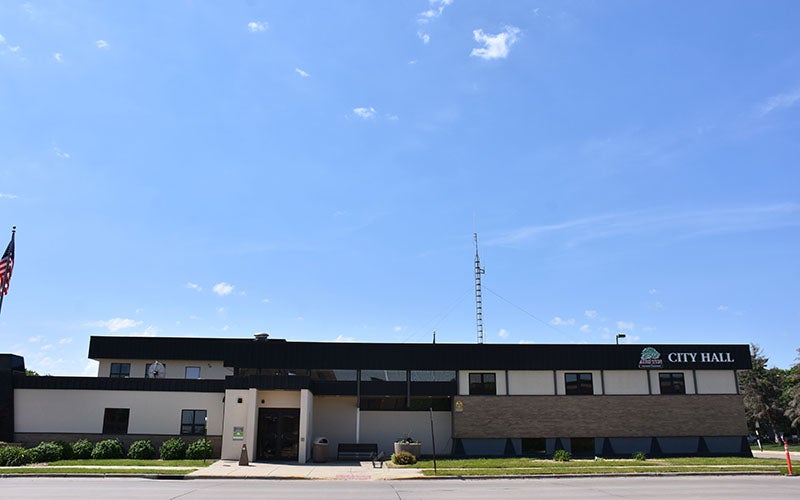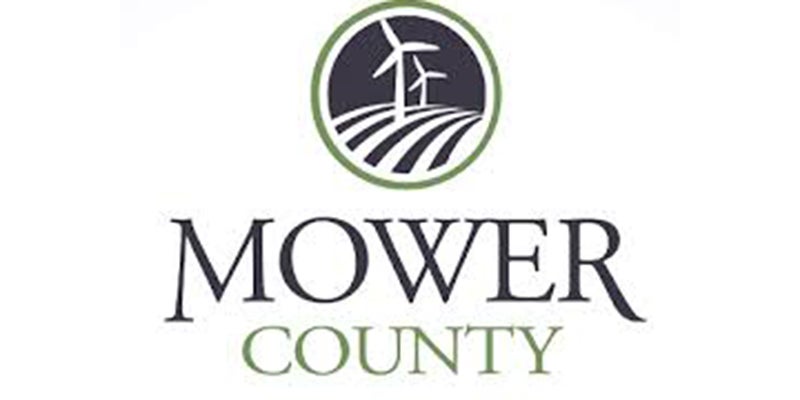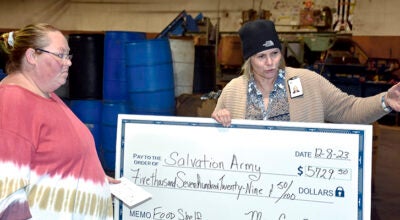Half-cent hike gets the nod; Won’t take affect until 2018
Published 10:49 am Wednesday, August 10, 2016
The county board is sending a message to the Minnesota Legislature that it needs to compromise and fund infrastructure projects.
After months of discussion, the county board voted unanimously Tuesday to approve a half-cent sales tax for roads — but it did it with a twist. The board voted to wait a year and start the tax on Jan. 1, 2018, as a way to urge the state to work past its gridlock and approve more funding for roads and bridges.
The vote came after the board spent several minutes discussing the pros and cons of the half-cent sales tax and came away split. After that discussion, the board first voted down a motion to approve a half-cent sales tax starting Jan. 1, 2017 — as originally planned — with Commissioners Tim Gabrielson and Polly Glynn voting to approve the tax, while Commissioners Mike Ankeny, Jerry Reinartz and Tony Bennett voted no.
Commissioners saw waiting a year as a good way to meet in the middle.
“I think it’s a nice compromise,” said Glynn, the board chair.
While board members now want to press the Legislature to pass transportation plans, they say it can’t come from just them — the public needs to speak up too.
“It can’t just come from the county board, it has to come from the public,” Gabrielson said. “They use us for the voice, but we’re evidently not enough.”
Should the state enact new highway funding, Ankeny, who proposed the motion to start the tax in 2018, said the county could rescind the motion within the next year.
The board has been discussing a roughly $100 million need for road and bridge projects over the next decade and an estimated funding shortfall of $6.5 million per year.
The half-cent sales tax will fund more than 40 specific road and bridge improvement project in the county over the next 10 years with the help of sales tax dollars.
However, the sales tax will only slim the county’s projected annual funding shortfall to $5 million a year, but it wouldn’t completely eliminate funding shortfalls.
The first motion
The two commissioners with the most rural areas, Glynn and Gabrielson, were the two most supportive of enacting the sales tax.
Early in the discussion, Gabrielson motion to approve the sales tax starting in 2017. But after it failed to gain a second, Glynn temporarily turned over her position as chair to Reinartz so she could second the motion.
“There is a real problem with our roads and bridges out there,” Glynn said.
With Glynn and Gabrielson in favor of approving the tax, Reinartz and Bennett voiced concerns about the plan.
“I do not feel that’s the way to fund our road and bridge needs, because it’s just a certain number or people that are going to be paying this sales tax, not the whole county,” Reinartz said.
Reinartz argued business leaders have spoke out against the sales tax because Austin is already losing shoppers to communities like Rochester and Owatonna, and a half-cent sales tax on retail items may further the issue.
Reinartz said the tax is “an unnecessary burden” for citizens and businesses and not the best funding option when the state has a surplus.
“I’m of the opinion that we should wait, let the Legislature act and go from there,” Reinartz said. “[Public Works Director] Mike [Hanson] and his staff are very competent at prioritizing our needs as far as roads and bridges, and we can get by another year without implementing a new tax.”
However, Gabrielson noted you could argue Austin is currently at an advantage since several neighboring communities already have a half-cent sales tax for infrastructure projects and Mower does not; however, that hasn’t translated into retail benefits.
“This is not going to put businesses in jeopardy,” Gabrielson said. “If anything, there should be an advantage for them now and they say they’re still struggling.”
Plus, he compared the half-cent sales tax for roads to the city of Austin’s sales tax for flood mitigation — both are being done for public safety.
“We are all about public safety,” Gabrielson said. “That’s what these roads are.”
Since his district has a lot of rural areas, Gabrielson said the half-cent sales tax is a way to get many projects done in a quicker amount of time than usual, though he doesn’t like having to raise taxes. Plus, he added many of his constituents have told him to “just get it done.”
While Reinartz continued stressing the state should be picking up the slack for road funding, while Gabrielson noted the state is passing down unfunded mandates often to counties. That may mean counties may have to fend for themselves, even if that’s tough.
“If we don’t start taking care of ourselves, we’re going to be in deep trouble, and we’re going to be putting roads back to gravel and closing roads too,” Gabrielson said.
Glynn supported the sales tax because it’s only for roads and bridges and nothing else, meaning it’s specific to the county’s needs.
“I see the need out there,” she said. “I hear their voices as far as we need to do something, and we have not been able to keep up, and this is a tool in the toolbox to be able to do so.”
Reinartz urged citizens to contact state representatives about the need for funding.
“When they’re not doing anything, I don’t think we should do their work,” Reinartz said.
But Bennett argued more than 80 percent of the roads included on a 40-project list to be completed with sales tax dollars are County State Aid Highways and should be funded by the state.
“I don’t think it’s our responsibility again to pick up where the state left off,” Bennett said. “They’ve given us just about enough rope to hang ourselves.”
In fact, Bennett argued letting things get worse may be the only way for things to get better.
“I don’t see how we’re ever going to get new leadership in St. Paul unless we let things maybe crumble a little bit, and roads are a very visible thing that people see and ride on,” Bennett said. “Let them see and tell them who’s to blame for this rather raising taxes at the local level.”
The compromise
While Ankeny didn’t speak during the initial discussion that ended with the sales tax proposal for 2017 failing, he spoke up after the vote failed and said he can see legitimate arguments on both sides.
He suggested the compromise of enacting the tax effective Jan. 1, 2018, with the hopes the state will reach some kind of an agreement in the meantime.
“I’m very disappointed in the state Legislature that they can’t come to an agreement on this,” he said. “We’ve waited two years for an answer and gotten none.”
However, Reinartz feared the move will send the wrong message to the state, telling them if they don’t do anything, the county will handle it.
“I think that’s what they want,” he said.
But Ankeny called this plan a way of sending a message to the state. He said it’s felt like the state has been passing the buck, so he sees this as a way of sending a message back.
“I think you’ve got to push back a little bit,” Ankeny said.
While County Coordinator Craig Oscarson called the compromise a good notice to legislators, he noted that the cost of the county’s need may be too high to be addressed by just a half-cent sales tax or the Legislature — both may be needed.
In outlining, funding shortfalls for roads and bridges, Hanson and Oscarson have noted the half-cent sales tax plan would only shrink the board’s shortfall from $6.5 million a year to $5 million, and it’s unlikely any legislative action would fully address the county’s road needs.
After the discussion, Hanson noted much local funding is already used on County State Aid Highway roads through snow plowing, patch fixes and some maintenance efforts. Hanson noted 375 miles of the county’s 405 miles of road are CSAH eligible.
The gas tax doesn’t generate enough money to fund road replacement, maintenance and care and hasn’t for about 30 years, Hanson noted.




